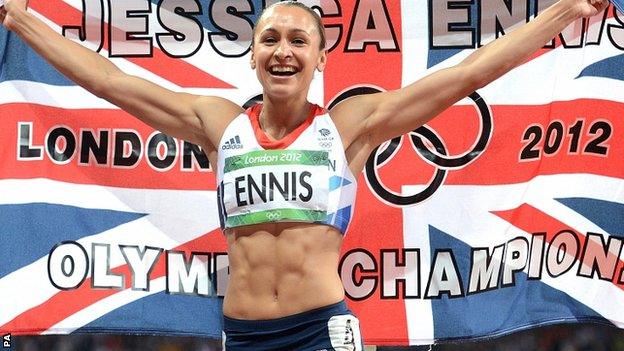Diamond League: Usain Bolt can sparkle in 2011
- Published
Diamond League ready to sparkle
So the Diamond League begins again, and here in Doha for Friday's first meet I'm genuinely excited about it all.
The whole raison d'etre of the Diamond League is to create more of the head-to-heads between the big stars and rivals. That didn't really happen in its first year, partly because of injuries to people like Usain Bolt or Sanya Richards-Ross or fallow years for the likes of Yelena Isinbayeva.
It should be different this year, even if David Rudisha and Abubaker Kaki have both pulled out of what looked like a fantastic 800m clash here in Qatar.
You can't legislate for injuries, but we have to hope that by the time it rolls into Europe we're getting those big clashes on a regular basis. It's those head-to-heads that will decide whether the Diamond League is working come the end of the season.
This year we have the exciting big names - Bolt, Tyson Gay, Isinbayeva, Blanka Vlasic, Andreas Thorkildsen, Allyson Felix etc - and we also have new stars coming through, like Teddy Tamgho. There are enough good stories there to whet anyone's appetite.
Ideally you want three or four rivals in each event to really make it catch light, as we do in the men's 100m with Bolt, Gay, Asafa Powell and a couple of the other Jamaicans.
You don't have to have them all at every meet, but if you have sufficient strength in depth that there are always battles and narratives going on, it draws the interest all the way through. The women's 400m is another one - Sanya Richards-Ross coming back, Felix stepping up, Christine Ohuruogu on the comeback trail - as is the men's 800m, with Rudisha chased by Kaki and others coming through after them.
At the moment we don't have Bolt, Gay and Powell all lined up in the same 100m. For some that might be an issue, but for me it isn't.
If there was only Bolt and Gay, you'd want them to be racing each other three or four times before the World Championships in August, but there are more plot-lines on offer.
Let's use the example of tennis. If, in the build-up to Wimbledon, the last few Grand Slam finals have been spread around between four or five names - Federer v Nadal, Federer v Murray, Djokovic v Nadal, Murray v Djokovic - it means that you're suddenly intrigued not only by which individual will win but which combinations you're going to see battling it out.
We need that suspense and excitement, with the Worlds as the big decider.
It's going to be fascinating seeing what Usain can or can't do. As athletes, we all reach the top at some point and stay there for a finite period - the question in your mind each season is, have I reached the top, or can I get any better?
He had surgery last year, and while he's supposed to be in good shape, we don't quite know yet exactly what that means. A year out from the Olympics, what sort of form can he reproduce?
All athletes go through a stage where they are wondering where their peak might be - in the past, the present or the future. Is there more to come?
Usain was brilliant when he was 16, so the fact that he still seems relatively young may be irrelevant. Every athlete's career follows the same graph - you're improving, on the up, have four or five years maximum at your best and then, at some point, you'll decline.
You might still be the best in the world, or still capable of winning races, but the line on your graph will have started to point down. How those peaks and slumps on your graph equate to your age varies with each athlete, but it can be that if you started early your peak will be earlier.
But Usain is still young enough to have four more years at the top, and I'm one of many who hope we haven't seen his peak yet either.
I'm also very excited by what David Rudisha can do.
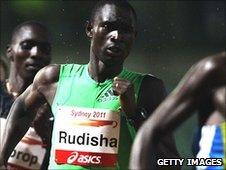
Rudisha pulled out of the Doha opener at the last minute
There's no way he has peaked yet. He broke the world 800m record twice last year, but was clipping tiny portions off the old marks - and while I think he'll probably keep clipping similar amounts for a while, the next stage may even be breaking one minute, 40 seconds.
I love watching him run, and I think he's great for the sport - he could be the big star of the next few years, and if he's got Kaki pushing him hard that can only spur him on.
The 800m has always been one of those races too which, when you get to the major championships, is as much about tactics as it is about times. So there will always be the question for him at the Worlds or Olympics: can he run the right race on the right day?
I'm a big fan of the Diamond League as a concept. I think the structure is pretty good - it's really hard in athletics to have a circuit that's fair to all the disparate events, and it gives each discipline its moment in the spotlight. We all know who the big names are, but the sport has to advocate its less glamorous events too.
The Diamond Race itself still has a few issues around it. I don't think it's that hard to understand, but it needs to be explained regularly for the audience.
There are 14 meets in the series, with each discipline taking place seven times. Athletes win four points for first place, two for second and one for third, with double points awarded in the DL Final, and the athlete with the most points in each discipline at the end of the series wins a diamond trophy and cash prize.
Athletics is never that easy to explain to people, but this is probably about as simple as you can make it. There are still issues with how it has been packaged and how it's been sold, and we now need to stick to this format for a while so that people can get used to the idea, but I think punters will grasp it.
Steve Cram was speaking to BBC Sport's Tom Fordyce
- Published6 May 2011
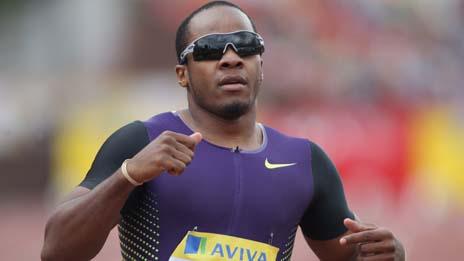
- Published5 May 2011
- Published5 May 2011
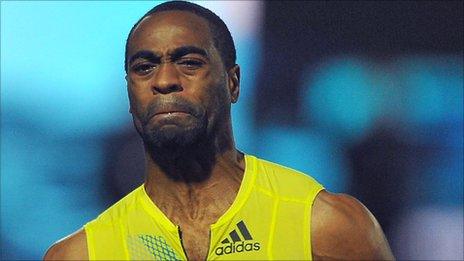
- Published5 May 2011
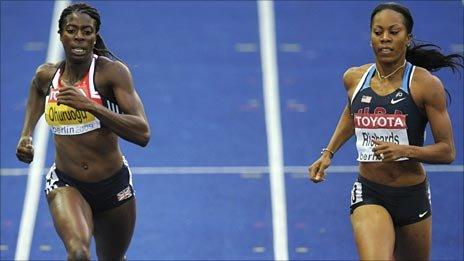
- Published2 May 2011
- Published10 September 2015
